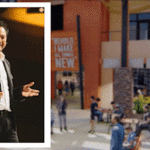Great spaces, art and stories let us join God in reflecting his image.
For thousands of years most people have believed in the holy trinity of universal transcendentals: truth, goodness and beauty. Plato connected these three properties of being with human capacities to think, wish and feel. If something is “true,” it is in accord with reality. If a thing is in the state of being “good,” then it is fulfilling its designed purpose. And a “beautiful” thing is integrated, unified and harmonized. These three are the basis for anything we want to know.
Of course, it is not we who decide what a thing’s purpose is or what reality is or what beauty is. God, as the Creator, defines these things. He is. Because he is, we can know what is true, what is good and what is beautiful. The more we know him, the more we both understand and experience these transcendental realities.
But in our age of postmodernity, we live in divided times. With fake news, Facebook facades and political debates, the universal ideas of truth, goodness and beauty are under attack. We need to seek things we have in common with each other, the things that hold us together.
Russian novelist Fyodor Dostoyevsky said, “Beauty will change the world.” A century later, another Russian writer, Aleksandr Solzhenitsyn, used the power of words to change the political climate of his country. He said the branches of truth and goodness grow straight and linear, making them easy targets to be crushed and amputated. But beauty is whimsical, unpredictable and can soar to a special place that does the work of all three transcendentals.
God introduced himself as an artist and an architect when he said, “In the beginning God created …” Great spaces, great art and great stories give us a chance to join God in reflecting his image in the ongoing work of restoring and reconnecting the broken shalom—the peace that connects us with each other horizontally, and vertically with the Creator and his creation.

A good friend who has taught me a lot about art is Jim Palmer. He’s the president and CEO of the Orange County Rescue Mission (OCRM), one of the most internationally recognized quality solutions for homelessness. And it’s filled with millions of dollars’ worth of art. Isn’t that incredible? When was the last time you heard of a homeless shelter that had millions of dollars of anything in it? Probably never.
The OCRM is not a place designed with your typical church budget of just get it done good, fast and cheap. They chose to aim higher, reflecting the same sense of self-worth that God has for the people who stay there. The OCRM shows people they are the beloved sons and daughters of a King.
Palmer says, “Art is not an option.” He knows that beauty, art and creativity are critical to elevating those with broken spirits. The OCRM intentionally designs their campus around art aesthetics. The Ahmanson Family has generously donated an exquisite art collection to the campus. Roberta Ahmanson is a writer who focuses on religion, history and art. She believes beauty is essential to human life and uses Psalm 145:9–12 to explain why we need beauty.
“The Lord is good to all;
he has compassion on all he has made.
All your works praise you, Lord;
your faithful people extol you.
They tell of the glory of your kingdom
and speak of your might,
so that all people may know of your mighty acts
and the glorious splendor of your kingdom.”
Beauty tells us who God is. And we know our world is searching and longing for this beauty. The Art Market 2019, a report produced by Art Basel and UBS, shows global art sales reached $67.4 billion in 2018, up 6% from 2017.
The OCRM’s mission is to show the love of Jesus Christ to the least, the last and the lost of their community. These men, women and children have been disregarded by society. They have been left to live under bridges or on streets, getting food from trash cans and not getting clean water for showers. Taking them out of the dirt and putting them into a place of beauty allows them to aspire to a higher level of existence for their future.
When PlainJoe was asked to do some Spatial Storytelling for Restoration Café at the OCRM, we followed Palmer’s vision of surrounding the residents in beauty. Most people think form follows function, but I believe form follows fiction. Storytelling in design evokes emotion, shares ideas and can even give a person a sense of self-worth. That self-worth can be invaluable to someone who is poor or homeless, looking to overcome an addiction, to complete their education or find a job. The result is not at all like your idea of an average homeless shelter cafeteria, but a beautiful, engaging and empowering space.
I encourage you to take a look around. What beauty is in your space? Does it evoke emotion, a sense of self-worth or an idea? What story is it telling? If it’s not inspiring, maybe it’s time to rethink your space.
Learn more about Spatial Storytelling by downloading a free copy of Sacred Storytellers: Design Intervention 2.0 by Mel McGowan at sacredstorytellers.com.
Article originally published in Outreach Magazine.
Mel McGowan is cofounder and chief creative principal of PlainJoe. He is a leading master planner and designer of churches in America.


















